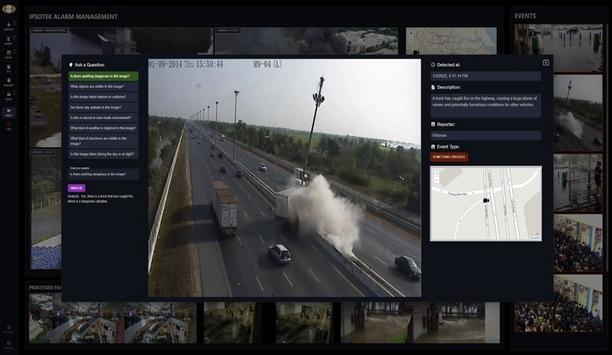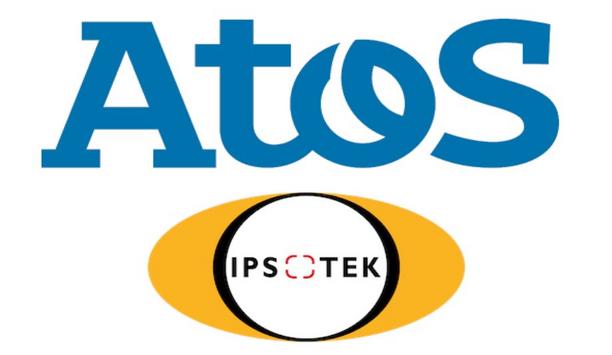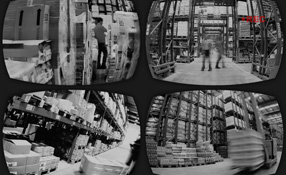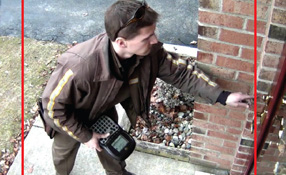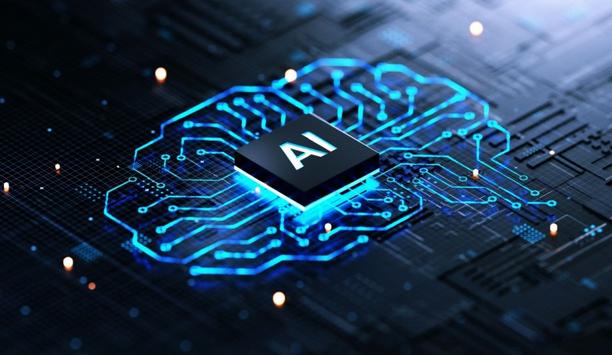Dr. Boghos Boghossian

Dr. Boghos Boghossian
Sales Director and CTO, IpsotekDr. Boghos Boghossian is currently working as a Sales Director and CTO at Ipsotek. He is an acknowledged expert in systems/architectures for image processing and trimedia language and has published numerous research papers. Dr. Boghossian received a Ph.D. in 2001 for work on human behavior analysis for video surveillance systems at King’s College, University of London.
News mentions
Ipsotek, an Eviden business, and a pioneering provider of AI-powered video analytics, has announced two strategic leadership appointments that reinforce its commitment to global expansion, techno...
Ipsotek, an Eviden business, and a pioneering provider of AI-powered video analytics, has announced the appointment of Ara Babayan as Chief Operating Officer (COO). Babayan brings over two...
Ipsotek, an Eviden business and global pioneer in AI Computer Vision solutions, has announced the launch of VISense, a groundbreaking addition to its VISuite platform that redefines real-time video an...
Ipsotek, an Eviden company and global pioneer in AI Computer Vision solutions, has announced that Spark New Zealand, the country’s largest telecommunications and digital services provider, has a...
Ipsotek, a global pioneer in AI-powered video analytics, has announced the appointment of Sean Grimm as US Country Manager. This strategic move underscores the company’s commitment to expanding...
Ipsotek, an Eviden business, and a foremost provider of AI-powered video analytics, announced a significant advancement in its core Artificial Intelligence Video Analytics (AIVA) engine. This ground...
Atos announced it has reached an agreement to acquire Ipsotek, an AI-enhanced video analytics software provider. With this acquisition, Atos, already a major player in Edge AI/ML and more specificall...
Analytics at the edge provide the ability to process what is happening in a field of view and discern if a relevant alert is triggered There are multiple benefits to using video ana...
The better the sensors, the better the analytics Garbage in, garbage out. The familiar cliché is just as applicable to the area of video analytics as any other field of compu...


